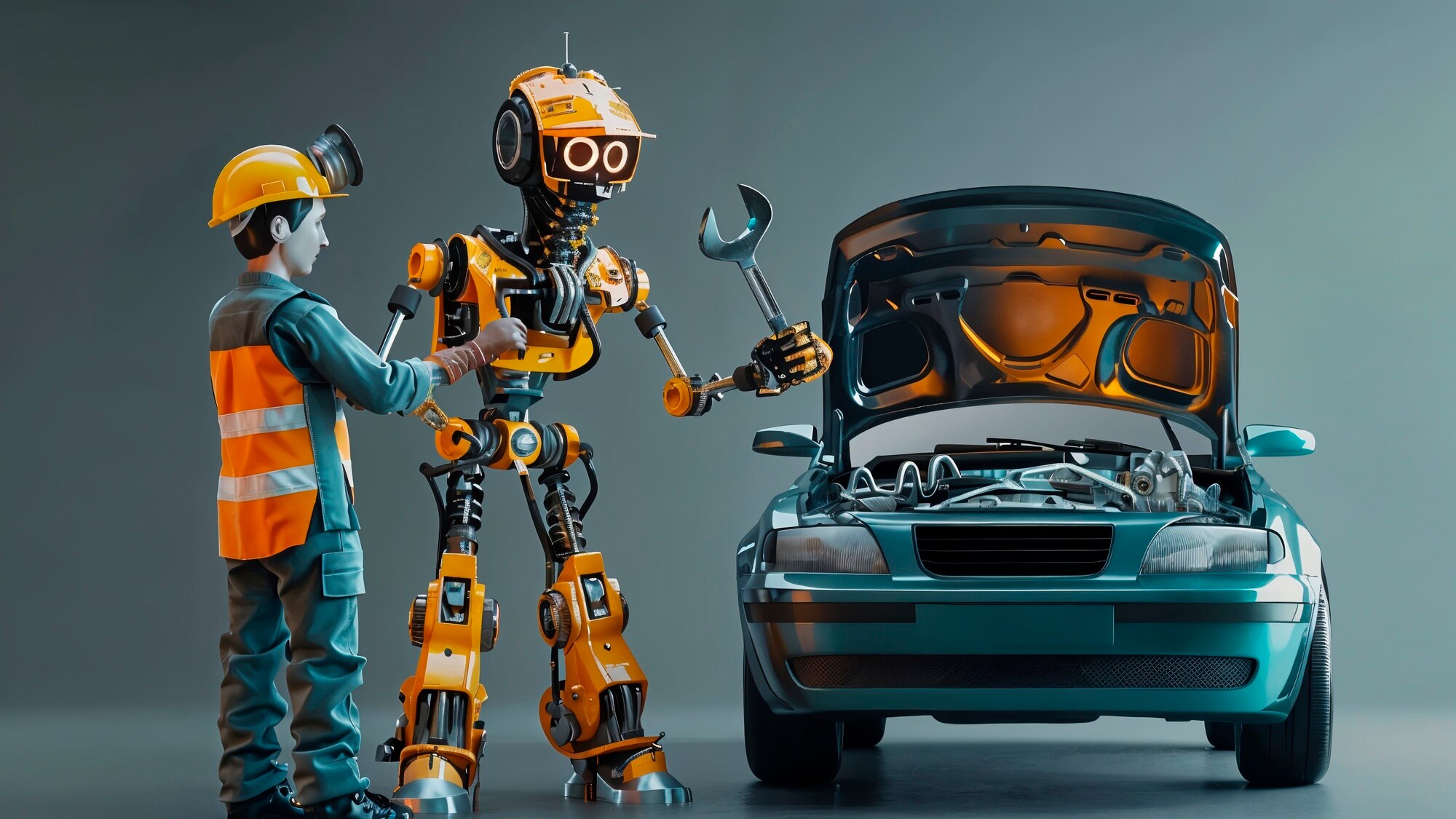Learn the warning signs that your vehicle needs urgent attention to avoid costly repairs.
Introduction
Most drivers don’t think about vehicle maintenance until a problem arises. However, waiting for issues to surface can lead to hefty repair bills. Did you know the average driver spends over $500 annually on unexpected car repairs? Preventative maintenance is a proactive solution that saves money, extends your car’s lifespan, and improves its performance.
Let’s dive into why regular vehicle maintenance is a must and how it can save you from costly surprises down the road. Learn more about preventing major repairs by addressing issues early.
Preventing Major Repairs: The Power of Preventative Maintenance
Identifying Potential Problems Early
Regular inspections act like health check-ups for your car, catching minor issues before they escalate. Examples:
- Small oil leak: Fixing it early costs around $50.
- Neglected leak: Leads to engine damage, costing over $2,000.
Early detection of issues, such as worn brake pads or low coolant levels, prevents damage to expensive components like the engine or transmission. Explore the DIY vs. professional service to know when to seek professional help.
The Importance of Scheduled Maintenance
Sticking to the manufacturer’s maintenance schedule is essential. Common scheduled tasks include:
- Oil changes: Protect the engine from wear and tear.
- Air filter replacements: Enhance engine efficiency.
- Tire rotations: Prevent uneven wear and improve safety.
Case Study: A Toyota Camry owner who followed scheduled maintenance drove their car for over 300,000 miles—proof that consistency pays off. Learn more about fuel efficiency and how it can be improved with maintenance.
DIY Maintenance vs. Professional Service
When to DIY
Many maintenance tasks can be handled at home, saving you time and money:
- Checking and replacing air filters.
- Adding windshield washer fluid.
- Changing windshield wiper blades.
When to Call the Professionals
Some jobs require specialized tools and expertise:
- Brake system inspections: Ensure safety and prevent costly failures.
- Transmission servicing: Complex and time-sensitive.
- Engine diagnostics: Professionals can identify hidden issues using advanced tools.
Pro Tip: Always consult your vehicle’s manual to determine whether a task is suitable for DIY or requires professional assistance. If you're unsure, check out Consumer Reports for more car care advice.
Fuel Efficiency and Environmental Impact
The Cost of Neglect
A poorly maintained vehicle burns more fuel, which adds up over time. Statistics from the U.S. Department of Energy show:
- Properly maintained cars: Save up to 10% on fuel costs.
- Neglected cars: Cost hundreds more annually in fuel expenses.
Environmental Benefits
Vehicles in good condition emit fewer pollutants, reducing harmful effects on the environment. Benefits include:
- Lower carbon emissions.
- Improved air quality in your community.
Regular Tune-Ups
- Tuning your engine improves fuel economy by up to 4%, according to experts.
- A well-tuned engine not only saves money but also ensures smooth performance.
Extending the Lifespan of Your Vehicle
Avoiding Premature Wear and Tear
Routine maintenance prevents damage to key components.
- Engine and transmission longevity: Regular oil changes and inspections prevent overheating and mechanical failure.
- Suspension systems: Maintenance ensures your car rides smoothly and safely.
Depreciation and Resale Value
Buyers pay more for well-maintained cars. According to market studies:
- Regularly serviced vehicles retain up to 20% more value.
- Neglected cars sell for significantly less, costing you money during resale.
To further boost your car’s resale value, explore how a preventative inspection can help.
Cost Comparison: Maintenance vs. Repairs
Let’s look at the potential savings:
| Maintenance Task | Cost | Repair Cost if Neglected | Savings |
|---|---|---|---|
| Oil Change | $50 | Engine replacement: $2,000 | $1,950 |
| Brake Pad Replacement | $150 | Brake failure: $1,000 | $850 |
| Tire Rotation | $30 | Premature tire replacement: $600 | $570 |
Routine maintenance clearly outweighs the costs of major repairs. Learn more about the power of preventative maintenance and how it helps avoid these expensive repairs.
Common Maintenance Tasks Often Overlooked
Fluid Changes
Ignoring essential fluids, such as oil or coolant, can lead to:
- Overheating.
- Expensive engine repairs.
Tire Care
Under-inflated or misaligned tires wear unevenly and reduce fuel efficiency.
- Regular inflation checks prevent blowouts and improve safety.
- Tire rotations extend the lifespan of your tires.
Brake System Maintenance
Failing to inspect and replace brake pads risks:
- Brake system failure, costing up to $500 or more.
- Safety hazards for you and other drivers.
Building a Maintenance Plan: Actionable Steps
Creating a Maintenance Schedule
A solid plan begins with your vehicle’s manual:
- Note key milestones for oil changes, fluid checks, and tire rotations.
- Set reminders on your calendar or phone.
Budgeting for Maintenance
- Allocate a small amount each month for routine tasks.
- Build an emergency fund for unexpected repairs.
Finding Reliable Mechanics
- Research mechanics with positive reviews and reasonable pricing.
- Ask for estimates before committing to major repairs.
Proactive Maintenance Tips for Busy Drivers
Even with a packed schedule, you can prioritize car maintenance:
- Minimizing Wear and Tear: Combine trips to minimize wear and tear on your engine.
- Quick Maintenance Checks: Check fluid levels and tire pressure during gas station visits.
- Tracking Maintenance: Keep a maintenance log to track completed tasks and future needs.
Conclusion
Regular vehicle maintenance isn’t just an expense—it’s an investment in your car’s performance, longevity, and resale value. From preventing costly repairs to improving fuel efficiency, the benefits far outweigh the costs.
Start today by taking these steps:
- Download a maintenance checklist.
- Schedule your next oil change or inspection.
- Budget for regular upkeep to avoid financial surprises.
Don’t wait for a problem to arise—be proactive and keep your vehicle running smoothly for years to come!




Share this post: